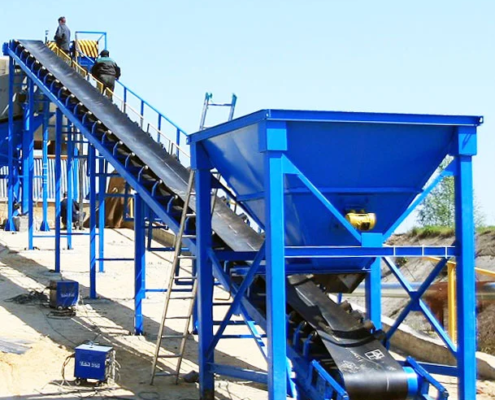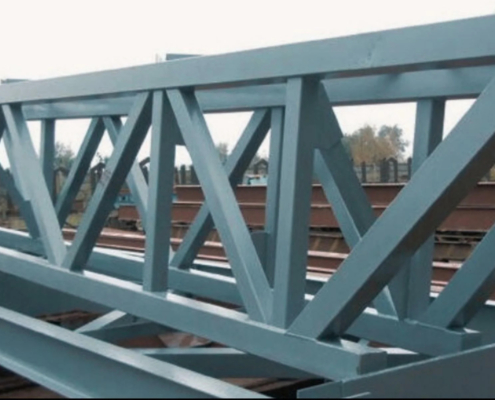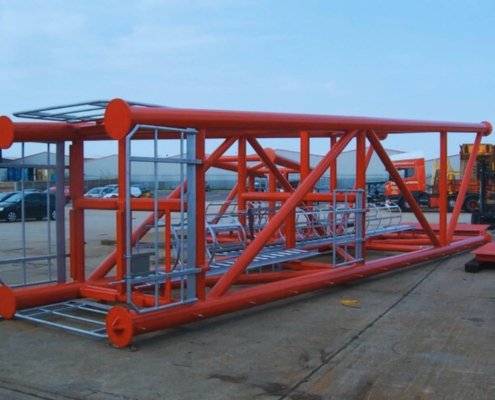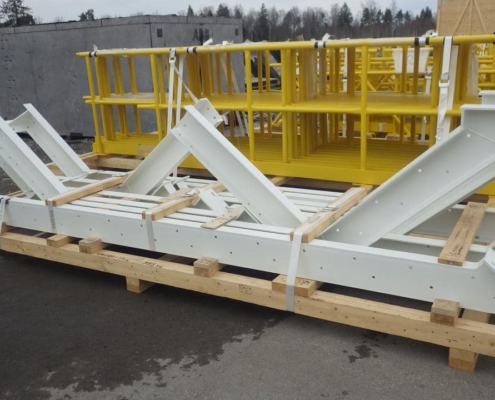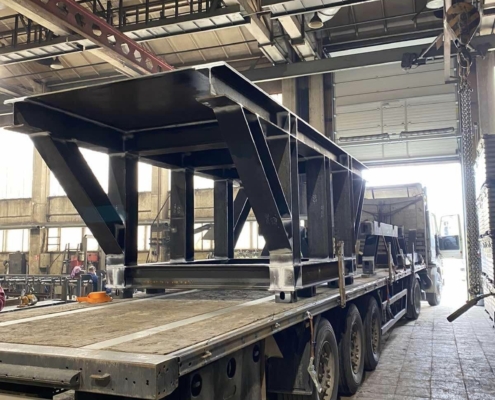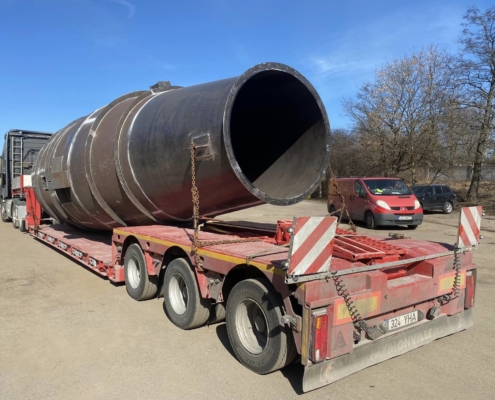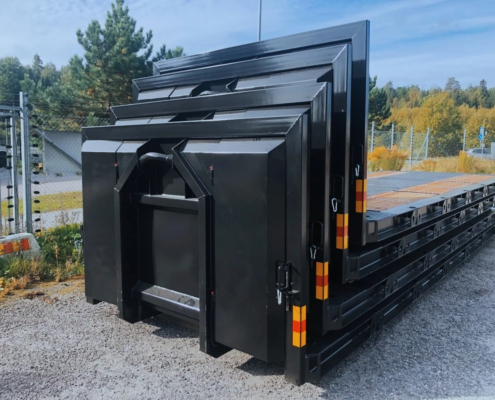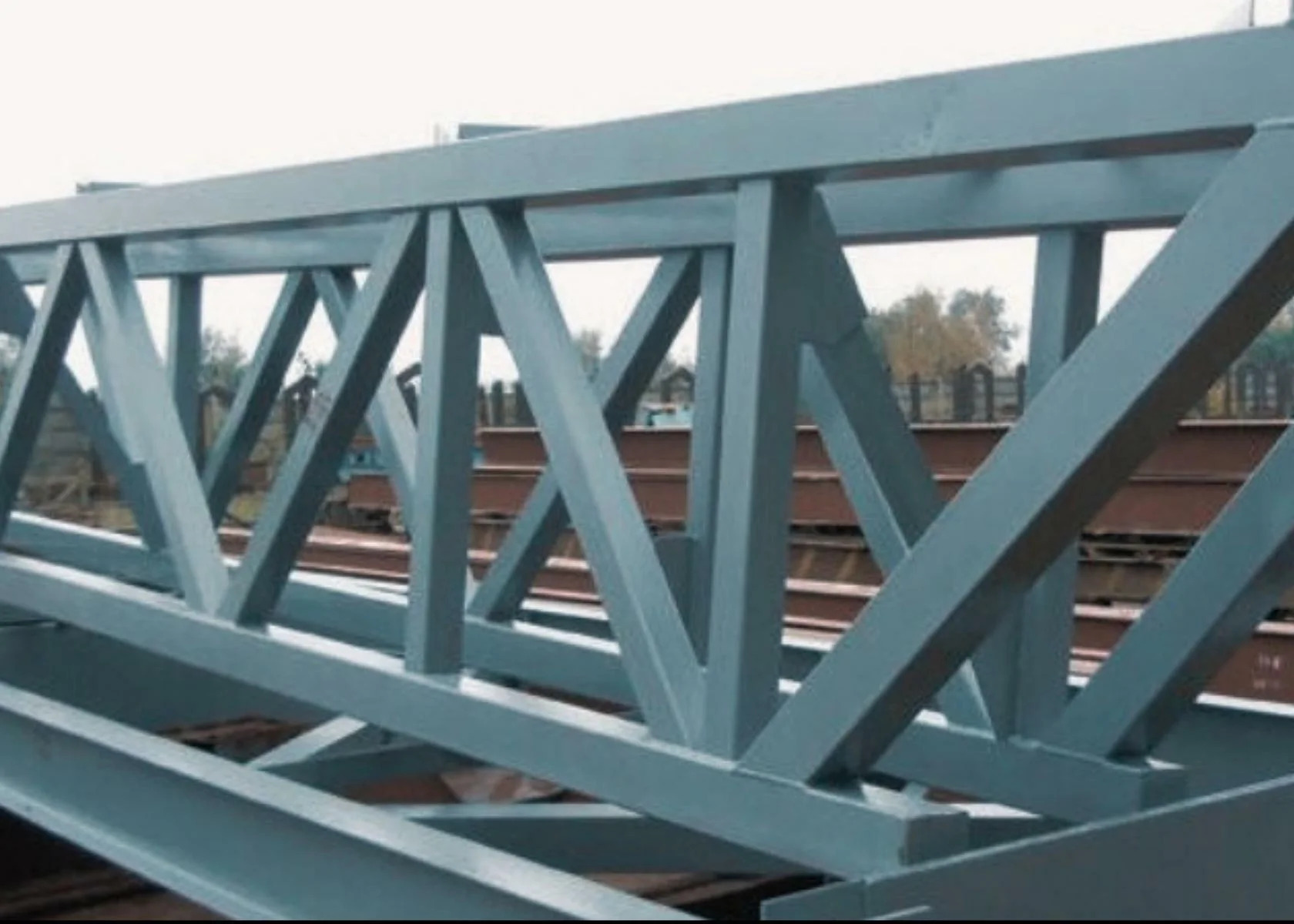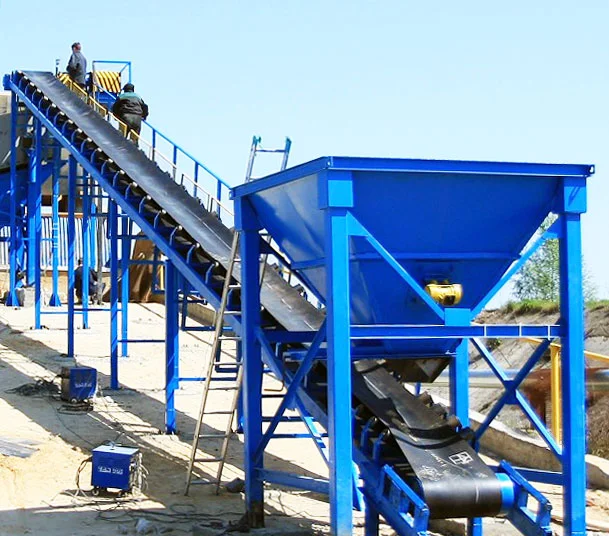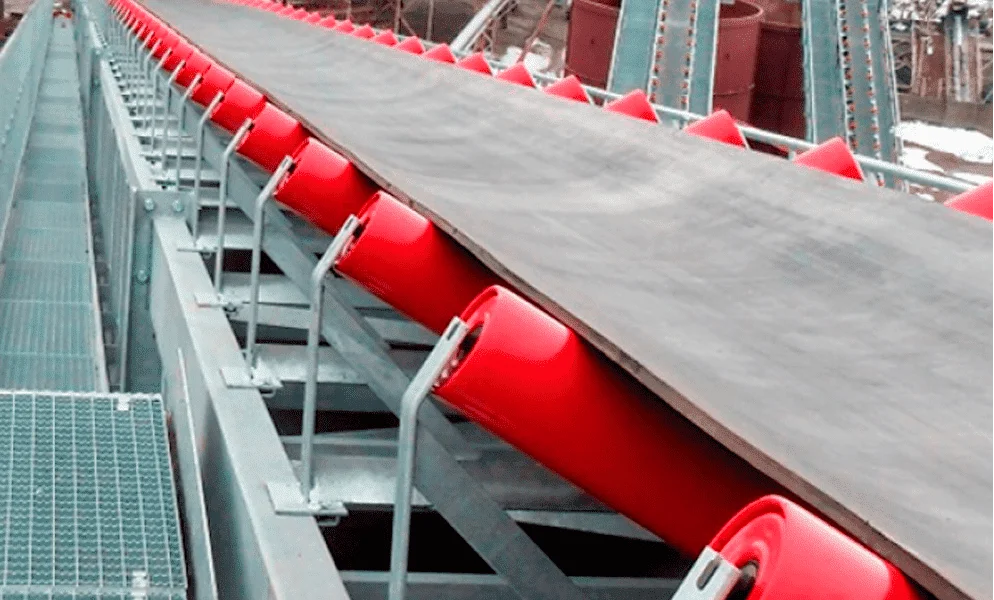We can produce:
- Framework of industrial buildings
- Steel structures for residential and communal buildings
- Welded flange beams
- Frame structures and other welded steel structures
We are interested in cooperation with contracting organizations and private clients. Some items of our welded structures are specifically intended for private client.
Our company produces welded sectional steel fences. The client may choose fence pattern in our catalogue, or order tailored item in conformity with the supplied drawings or scetches.
We also produce steel garages, interior and exterior stairs, protective grids for balconies, window grates and many other welded steel structures.
BEAMS
Constructional elements, mainly working on lateral deflection; rigidly connected beams form framework structures.
COLUMNS
Elements, mainly working on compression or compression with lateral deflection.
GRID SYSTEMS
Systems of bars, connected in nodes in a way where they are principally exposed to expansion or contraction; grid systems include girders, masts, reinforcement grids and framework.
UNDER PRESSURE
Structures exposed to excessive pressure should meet the requirement of hermetic connections; such structures include different storage vessels, pressure vessels and piping.
BODY FRAME TRANSPORT STRUCTURES
Structures exposed to dynamic loads, therefore they should meet the requirements of high rigidity combined with minimal mass (main structures of the type — ship hulls, carriages, car bodies).
Welded steel structuress are performed using different welded connections
Butt joints between elements of plane and spatial structures are the most frequent. Such connections feature high durability in the conditions of static and dynamic loads, and can be done using practically all types of fusion welding. In welding of elements with dissimilar thickness some rules are observed: the edge of thicker element is beveled to ensure the uniformity of edge heating and elimination of burning-through in thinner element.
Three-way joints are wide-spread in manufacture of spatial structures. They are done with one-side or two-side grooving on edges. Welding with grooves should ensure weld penetration and high durability of connections under any loads. Three-way joints may be done using all types of fusion welding.
Overlapped joints are often used in plate welding when simple preparation and assembly for welding are required. Such joints are less durable than butt joints.
Corner joints are generally binding and not intended for transfer of structural workload. Corner joints can be done in all fusion welding techniques.
Steel Structure
It is the assembly of structural steel shades joined together by means of connections and the connections may be riveting or bolting.
Types of steel structures:
Framework or Skeletal System
In this type of structure, the main load carrying element (members) is “one dimensional” a “line element” i-e, beams, columns
For example industrial buildings, highways and railways, bridges of long time, towers, multi-storys’ of buildings etc.
Shell System
In this type of structures, the main load carrying elements are plates and sheets besides some skeletal members.






